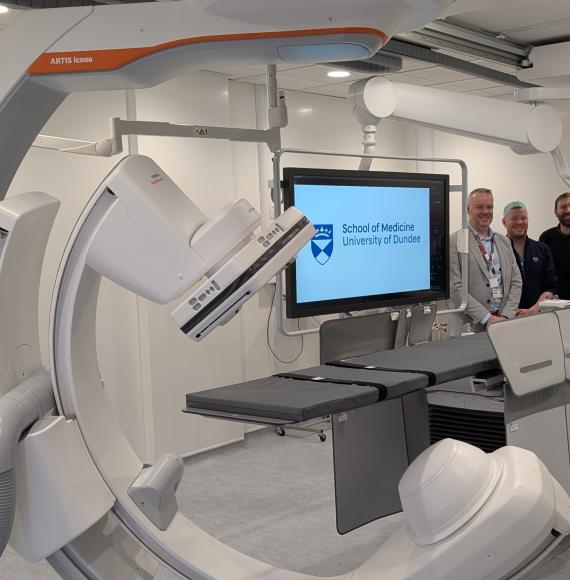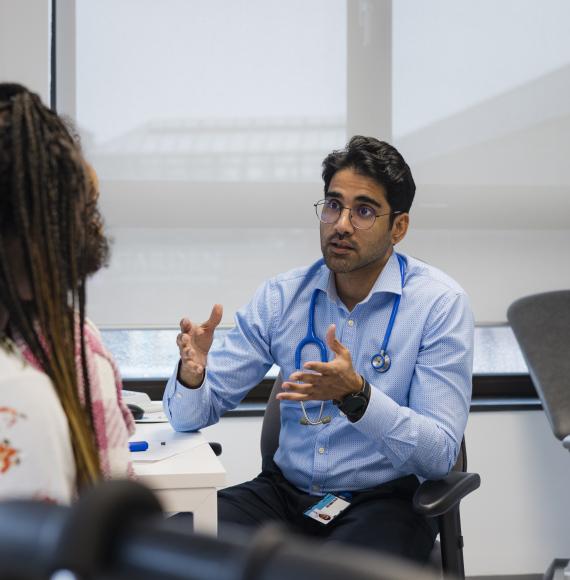In the heart of Kent, KIMS Hospital stands as the largest independent private hospital in the region, providing exceptional care to both private patients, and NHS patients caught in the backlogs. With 72 beds, five theatres, two endoscopy suites, and 2 interventional labs, the hospital is a hub of activity, and with that comes the challenge of keeping operations smooth, efficient, and resilient in the face of rising demand.
As part of a broader ambition to modernise and streamline internal processes, KIMS has embarked on a digital transformation aimed at improving service delivery while maintaining the personal, high-quality care it is known for, all while making savings of around £50,000 annually.
A Need for Change
KIMS Hospital recognised that non-clinical teams play a critical role in the patient journey. It became increasingly clear that outdated, manual processes were not only time-consuming but also relied too heavily on a helpdesk and good verbal communication. This created avoidable delays that could impact overall productivity and patient care. By re-evaluating the way support services were managed, the hospital identified a clear opportunity: empowering these teams through digitisation could unlock meaningful improvements across the organisation. “By the time the porters found out what the task was and got what they needed, you'd already lost time,” said Facilities Manager Renato Costa. “There was a lot of back and forth.”
Auditing, meanwhile, was entirely paper-based. Guest Services Manager Katie Bennett found herself buried under paperwork—first collecting data manually, then inputting it into spreadsheets. “I was doing the audits twice over,” she recalls. “It was frustrating because I wanted to spend more time conducting audits—not writing them up.”
The Turn to Digitisation
Recognising the need for a more efficient system, KIMS removed the helpdesk at an annual saving of £30,000 and introduced a digital solution to manage portering tasks and another to streamline auditing. While the tools themselves were new, the driving force behind the transition was a focus on improving communication, reducing wasted time, and creating a more structured and accountable workflow.
The shift meant porters now have a digital app on their handheld devices with clear information about what was needed, from specific equipment to exact patient locations. Tasks are fairly allocated, tracked, and fulfilled with greater speed and clarity. “Now when a job comes through, the porters know exactly what they need to bring,” said Costa. “It saves so much time and makes everything smoother.”
Auditing has also seen a transformation. What used to take weeks now takes just days. Data is recorded in real time, reports are auto-generated, and staff across departments receive immediate insights via automated email. “I’m able to stay ahead of schedule and make sure nothing gets missed,” said Bennett. “The closed-loop system is brilliant. Everything is traceable.”
The Human Impact
Beyond the improved workflows, the human benefits have been significant. Frontline staff feel more supported, less overloaded by manual processes, and more focused on meaningful work. The hospital has seen a notable improvement in staff satisfaction and, critically, patients are receiving a faster, more coordinated service.
Thanks to the time saved through digitisation, Katie has been able to take on additional responsibilities. “It’s about working smarter, not harder,” she said. “These changes let us do just that.”
Costa agrees: “We’re faster, better informed, and more efficient. It’s a win for everyone.”
A Measurable Difference
While KIMS briefly references the specific platforms used (MyPorter and MyAudit) in its internal review, the results of digitisation speak volumes. The hospital has recorded cost savings of around £50,000 annually, largely through the removal of the helpdesk, efficiencies in audit administration, and the redeployment of time and resources.
More importantly, the changes reflect a wider cultural shift: a commitment to innovation, accountability, and a patient-first approach.
The success of using these digital solutions is undeniable and has resulted in new long-term contracts being signed to continue using them for many years to come.
Setting a New Standard
KIMS Hospital’s digital journey is more than a technological upgrade—it’s a strategic commitment to doing things better. As the hospital continues to evolve, its story serves as a case study in how thoughtful innovation can deliver real-world impact in healthcare, improving both the patient and staff experience.
In an industry where every second counts, KIMS has shown that investing in the right systems can free up time, empower staff, and drive excellence at every level.
https://www.myporterlogistics.com



















